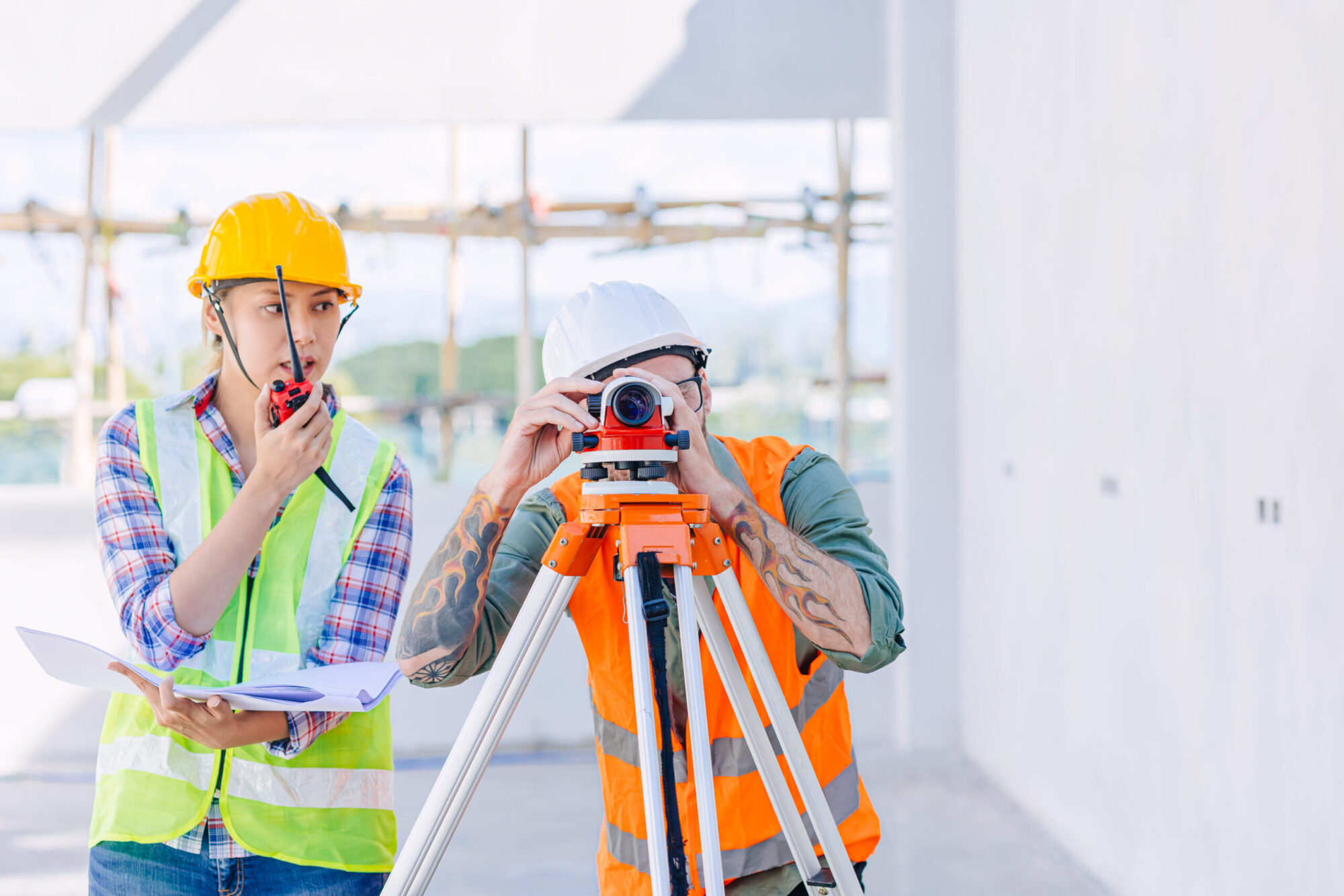
Why Accurate Volume Calculation Surveys Are Non-Negotiable
June 24, 2025 3:12 pmUnderstanding Volume Calculation Surveys: More Than Just Numbers
Let’s cut to the chase, volume calculation surveys aren’t just about numbers on a spreadsheet. They’re the unsung heroes of construction, mining, and environmental projects. Picture this, you’re standing on a construction site, staring at a vast pile of gravel. How much is actually there? If you guess wrong, you could blow your budget, delay timelines, or even breach regulations. That’s where volumetric surveys step in, like a trusty measuring tape for the real world.
What exactly are they?
Volume calculation surveys, also known as volumetric surveys, measure the three-dimensional space occupied by materials, whether it’s soil in a quarry, waste in a landfill, or concrete for a foundation. Think of them as a way to “weigh” landscapes without lifting a shovel.
Why do industries swear by them?
- In construction, they stop you from ordering 1,000 tonnes of aggregate when you only need 800.
- In mining, they track what’s been dug up and what’s still buried, which is critical for inventory and financial reporting.
- For environmental projects, they ensure landfills don’t exceed permitted capacities, helping you avoid nasty fines.
Here’s the kicker, I’ve seen projects derailed by a 5% margin of error. One client nearly overpaid £50,000 for excess materials because their initial estimates were off. A quick drone survey saved the day and their budget.
How Land Surveying Companies Deliver Precision
You might think, “Can’t I just eyeball it?” Sure, if you’re okay with gambling your project’s success. But when the stakes are high, professional land surveying companies bring the expertise and tech to eliminate guesswork.
The toolbox of modern surveyors
- GNSS (Global Navigation Satellite Systems) pinpoints locations within centimetres, so you can forget about “roughly here” approximations.
- LiDAR uses laser pulses to map terrain, even through dense vegetation, which is perfect for quarries or overgrown sites.
- Drone photogrammetry captures thousands of aerial images, stitching them into 3D models. We’ve mapped entire landfills in hours, not days.
- SLAM technology creates real-time 3D maps indoors or in GPS-denied areas, making it ideal for tunnel or warehouse surveys.
But here’s the secret sauce: volume surveys rarely work alone. They’re part of a bigger puzzle. For example, pairing a topographic land survey with volumetric data lets you see exactly how a slope’s shape affects material requirements. Or combining 3D laser scanning with drone data can spot settlement issues in stockpiles before they cause delays.
This post was written by Paul Jackson

Comments are closed here.